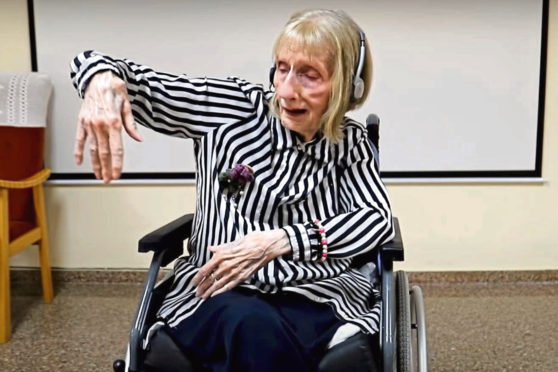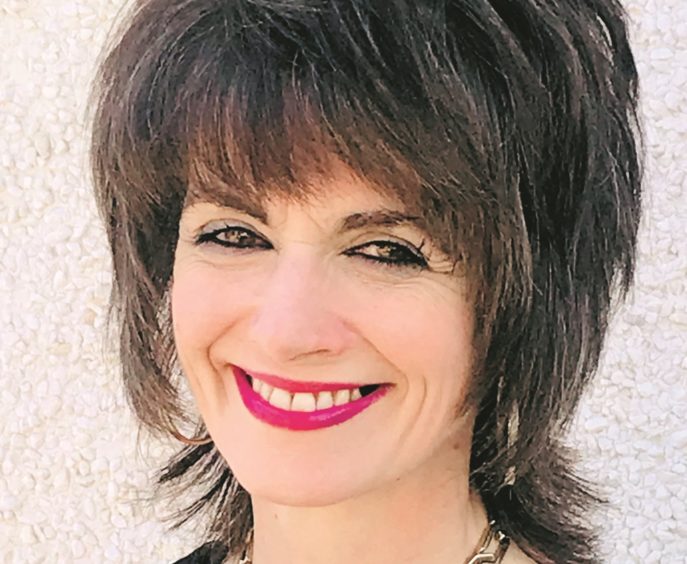Perhaps the saddest part of the video of Marta Cinta González, an elderly former ballerina with Alzheimer’s disease, is when she moves her hand as the music of Swan Lake begins, then simply shakes her head in despair and slumps deeper into her wheelchair.
There is an existential hopelessness in that movement, until the young man who is playing the music to her takes her hand and kisses it.
Suddenly, he is Prince Siegfried and she is Odette: beautiful, graceful, her head rising dramatically, her arms and upper body moving to Tchaikovsky’s famous score.
Her fingers flutter upwards like the opening feathers of a swan, perfectly in time to the music.
The video, released by the Associación Músic a para Despertai, a Spanish organisation that uses music to improve mood and memory in people with dementia, has gone viral.
Controversy has followed. Beauty, it is said, is in the eye of the beholder. What do you see when you watch Marta? The ballet critic of the New York Times, Alastair Macaulay, says his post bag suggests some people see the video as “a distasteful intrusion into the decline of the mentally afflicted”.
Far more distasteful, in my view, is the notion that when the body is old or broken, the rest of us should all look discreetly away under the guise of “preserving dignity”.
There is nothing more undignified than being hidden; unseen, unheard, dismissed.
My mother taught me about dignity in the most indirect way. When she suffered from Parkinson’s and dementia, her face become a rigid mask.
She has been dead for almost ten years now and I still feel a painful lump in my throat when I think of that expressionless facade.
When I try to examine the exact nature of the anguish, it is the theft: the way she seemed robbed of her identity.
But one day, I held her arm while she leant against a Zimmer and tried to move.
Her eyes fixed on her immobile leg, her expression willing it to move. She stood completely still but I felt a surge of mental and physical effort.
We both watched her leg. Suddenly she shuffled forward, one tiny step, and in that movement I saw an entire personality, and I realised there was nothing more dignified than untamed tenacity.
Nothing more dignified than the refusal to give up, than a human being whose life force is dimmed but somehow unbeaten.
So, to me, Marta Cinta González’s video was a thing of beauty. Hide away the wistful grace of her movements because she cannot execute them as perfectly as once she did?
And, for that matter, hide the beauty of the young man who cared for her so tenderly?
Why would we do that? In that extraordinary performance, lay Marta’s identity as a human being.
It was not simply the head and arm movements that were awe inspiring, nor even the musicality or sense of drama she brought to them. It was the expression in her eyes.
The mask dropped. Her eyes burned with pain. I do not know if it was her own pain or Odette’s but perhaps it was both.
Marta is dead now but I feel enriched by having seen her. Watching her revealed the unquenchable part of the human spirt: its creativity.
What a salutary reminder that was. The music was playing inside her and along with it, a memory and a narrative.
Experts believe auditory memory may be one of the last things to leave us because music is processed in so many parts of the brain. If one neural pathway is blocked, the brain finds a different one.
The power of music was also illustrated recently by 81-year-old Paul Harvey, a former music teacher living with dementia, who composed a piece of music from just four notes, a piece so beautiful that it prompted the London Philharmonic Orchestra to perform it and Sir Tom Hunter to donate a million pounds to dementia charities.
It was remarkable, commented a professor of neurology, because it showed Paul’s creativity – dementia or no dementia.
Marta’s video seems to me an important barometer of our society. How often have we heard people say, “I don’t want to see her/him that way” or “I want to preserve my memories”.
The truth is that when we say we are “protecting dignity” we are often merely protecting ourselves from things that make us uncomfortable.
What you see when you watch a person with dementia depends entirely on how you look at them.

